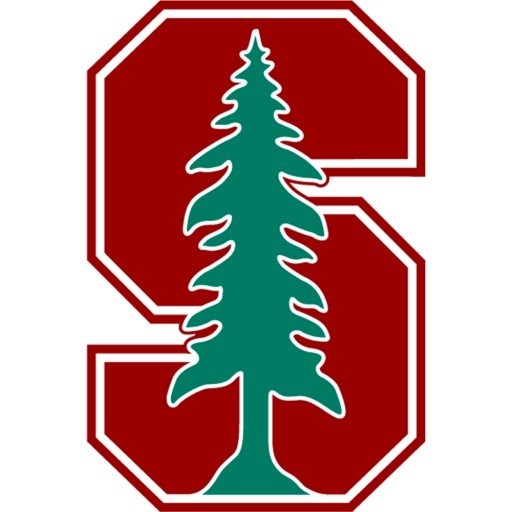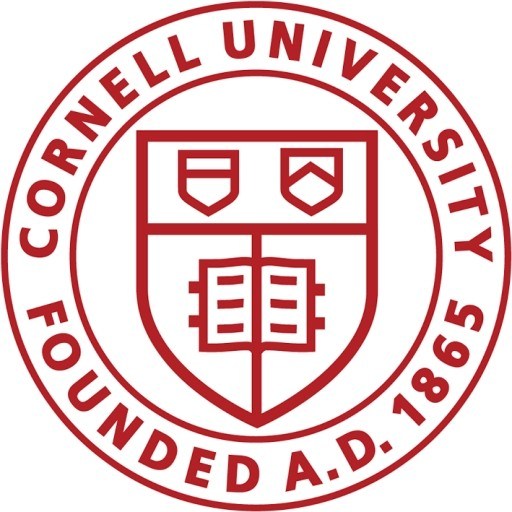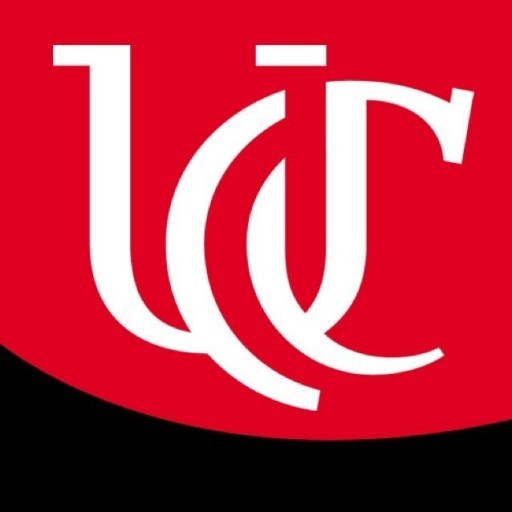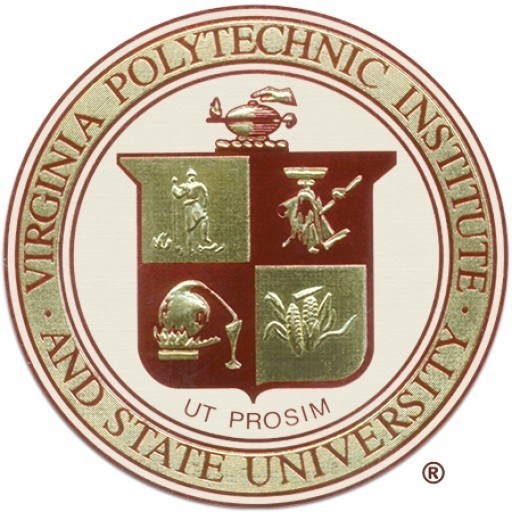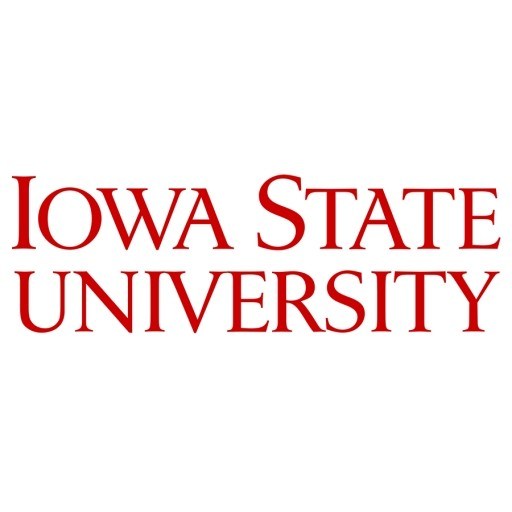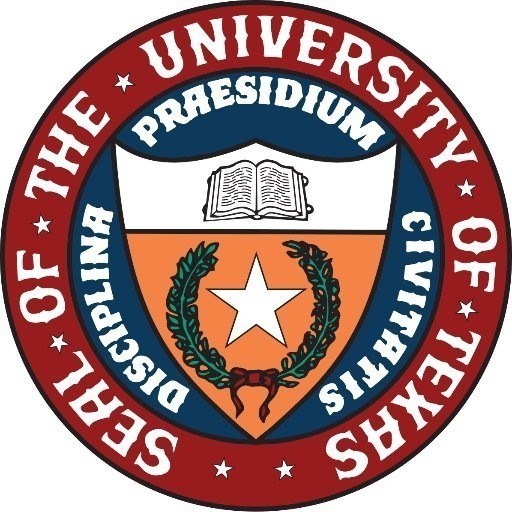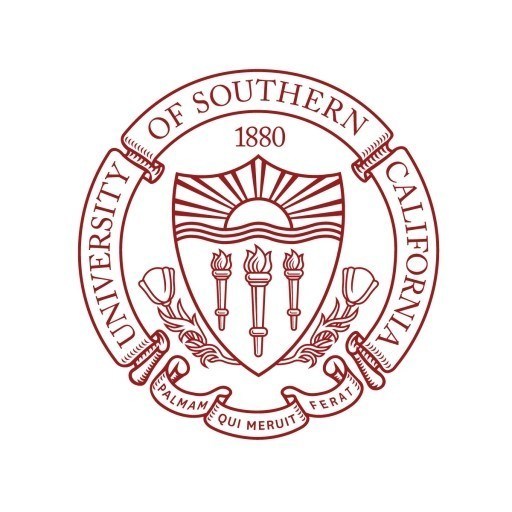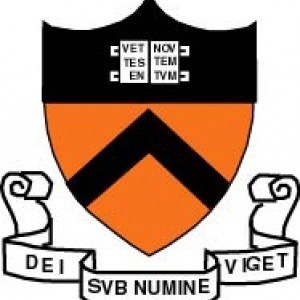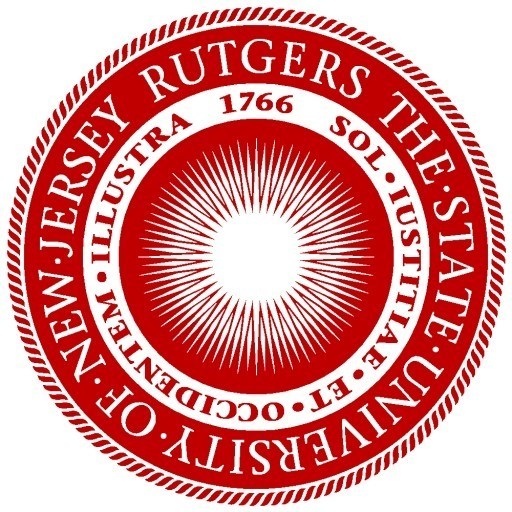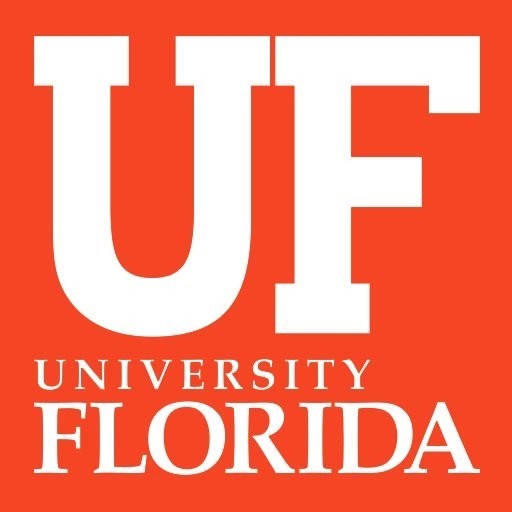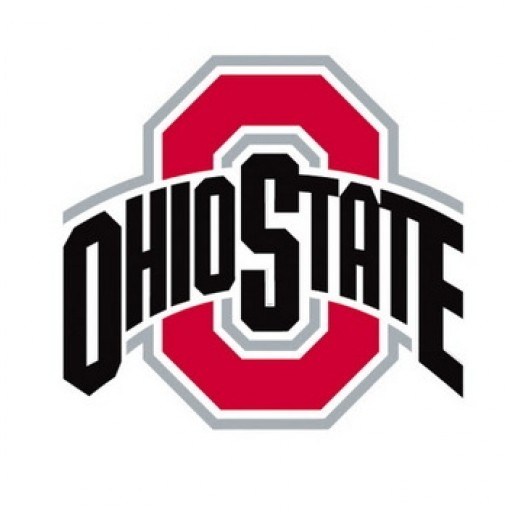Photos of university / #stanford
Stanford's Department of Aeronautics and Astronautics prepares students for professional positions in industry, government and academia through a comprehensive program of graduate teaching and research.
In this broad program, students have the opportunity to learn and integrate multiple engineering disciplines. The program emphasizes structural, aerodynamic, guidance and control, and propulsion problems of aircraft and spacecraft.
Basic courses
MS candidates must select eight courses as follows:
Five courses in the basic areas of Aeronautics and Astronautics (one in each area)
- Fluids: 200 (Applied Aerodynamics), 210A (Fundamentals of Compressible Flow)
- Structures: 240A (Analysis of Structures)
- Guidance and Control: ENGR 105 (Feedback Control Design), ENGR 205 (Introduction to Control Design Techniques)
- Propulsion: 283 (Propulsion)
- Experimentation/Design Requirements: List of Courses
A maximum of three independent study/research units (AA 290 or independent study in another department) may count toward your MS program. If you fulfill your Experimentation/Design requirement with a course other than AA290 (or equivalent from another department), it is possible to count AA 290 as a technical or free elective.
Three courses, one each from three of the four areas below
- Fluids: 200 (Applied Aerodynamics), 210A (Fundamentals of Compressible Flow), or 244A (Introduction to Plasma Physics and Engineering)
- Structures: 240B (Analysis of Structures), 242B (Mechanical Vibrations), 256 (Mechanics of Composites), or 280 (Smart Structures)
- Guidance, Navigation, Dynamics, and Control: 242A (Classical Dynamics), 242B (Mechanical Vibrations), 251 (Introduction to the Space Environment), 271A (Dynamics and Control of Spacecraft and Aircraft), 272C (Global Positioning Systems), or 279A (Space Mechanics)
- One course selected from A/A courses numbered 200 and above, excluding seminars and independent research.
Students who believe they have satisfied Basic Course requirements previously may request a waiver of one or more courses. (See "Waivers and Transfer Credits" below.)
Mathematics courses
MS candidates are expected to exhibit competence in applied mathematics. Students meet this requirement by taking two courses — a minimum of six units — of either advanced mathematics offered by the Mathematics Department or technical electives that strongly emphasize methods of applied mathematics. Common choices include:
- AA212 - Analysis and Design of Multivariable Feedback Systems
- AA214A - Introduction to Numerical Methods for Engineering
- AA214B - Numerical Methods for Compressible Flows
- AA214C - Numerical Computation of Viscous Flow
- AA215A - Advanced Computational Fluid Dynamics
- AA215B - Advanced Computational Fluid Dynamics
- AA218 - Introduction to Symmetry Analysis
- AA222 - Introduction to Multidisciplinary Design Optimization
- AA228 - Decision Making under Uncertainty
- AA229 - Advanced Topics in Sequential Decision Making
- AA242B - Mechanical Vibrations
The list of mathematics courses in the department's handbook has additional suggestions, and includes all courses in mathematics numbered 200 or above. In order to use applied mathematics courses not on either list to fulfill this requirement, prior approval should be obtained from the student's advisor and the candidacy chair. (Note: Calculus, ordinary differential equations and vector analysis are fundamental math prerequisitesand will not satisfy the mathematics requirement. They may be counted only as a free elective.)
A maximum of three independent study/research units (AA 290 or independent study in another department) may count toward your MS program. If you fulfill your Experimentation/Design requirement with a course other than AA 290 (or equivalent from another department), it is possible to count AA 290 as a technical or free elective.
Technical electives
Students, in consultation with their advisor, will select at least four courses* from among the graduate-level courses, totaling at least 12 units, from departments in the School of Engineering and related science departments. Normally, one course (3 units) may be directed research. These courses should be taken for a grade (student should not elect the credit/no-credit option for any course except free elective).
*Up to three seminar units may count toward your MS program, and will be counted as one technical elective. At least three additional graduate courses offered in Engineering or related math/science departments should be taken to meet the technical elective section requirement.
Other electives
It is recommended that all candidates enroll in a humanities or social sciences course to complete the 45-unit requirement. Practicing courses in, for example, art, music and physical education, do not qualify in this category. Language courses may qualify.
Waivers and transfers of credit
Waivers of the basic courses required in the MS program can be granted only by the instructor of that course. Students who believe that they have had a substantially equivalent course at another institution should consult with the course instructor to determine if they are eligible for a waiver, and with their advisor to judge the effect on their overall program plans. To request a waiver officially, students should fill out a petition for waiver form (reverse side of the department's program proposal) and have it approved by the instructor and their advisor. One additional technical elective must be added for each basic course that is waived.
ENGR105 will be waived if ENGR205 has been passed.
Stanford University does not allow transfer credit for master's students.
Program proposal for master's degree
Each master's student must submit a master's program proposal by the last day of classes in the first quarter of study. It must be signed by the advisor, then submitted to the Aero/Astro Student Services Office for the candidacy chair's approval signature. This first submission is intended as a planning document to ensure that the student has identified at least one plan of study that meets all department and university requirements and that also fits the student's own abilities and interests. Recommended timing: the student should discuss several versions of this overall plan with the advisor when choosing classes for the first quarter; then schedule an appointment for just after midterms to work out a detailed course plan for future quarters and file an official program proposal for department review and approval.
Any changes to the program of study should be made in consultation with the advisor and the student services administrator. Such changes may be made more than once, but the final program proposal must be filed early in the quarter in which the degree is to be conferred. The changed program of study should be summarized on a program proposal marked "Revision," signed by the advisor and submitted to the Aero/Astro Student Services Office for the candidacy chair's approval signature. The MS degree cannot be conferred unless the student has successfully completed all courses on the most recent, fully approved program proposal.
Research opportunities
No thesis is required, but there is an opportunity for students to become involved in research projects during their master's year(s). Students interested in this opportunity should make arrangements with a faculty member to supervise their research and enroll in AA290 to receive academic credit. Students can count up to 3 units of research towards their MS degree.
Part-time master's degree program
Only applicants for the part-time master's degree program for working professionals (HCP) are considered quarterly. Students must be employees of a member company of the Stanford Center for Professional Development network. Prospective HCP students follow the same admissions process and must meet the same admissions requirements as full-time graduate students.
Degree completion
A minimum letter grade average of 2.75 is required to fulfill the department's master's degree requirements. A 3.5 is the minimum required for eligibility to attempt the PhD qualifying examination. Students must also meet the university's quarterly academic requirements for graduate students, as described in the Bulletin and in the Satisfactory Progress section of the Guide to Graduate Studies in Aeronautics and Astronautics. All courses (excluding seminars) used to satisfy the requirements for basic courses, mathematics and technical electives must be taken for a letter grade.
For midyear degrees, the date of conferral is early the quarter after degree completion. Students who have no outstanding Stanford obligations (financial or academic) may obtain an official "certificate of completion" from the Graduate Degree Progress Office at any time after finishing. Diplomas are printed only once a year, for distribution at Commencement in June.
Once students have begun study for the master's, they have three years to complete the degree (five years for Honors Cooperative students). This time is not extended by leaves of absence.
Study after the master's degree
Students wishing to continue at Stanford after receiving the MS degree must be approved for further study during their final master's quarter. (This includes approval for the Engineer's degree or PhD in Aero/Astro, or for a degree in another department.) In order to stay here, a graduate program authorization form should be fully approved and filed at the Registrar's Office before the MS is conferred.
Students who are not citizens or permanent residents of the U.S. will need to verify their funding for the new degree and update their visa documentation as part of the graduate program authorization procedure. Appropriate forms are available from the Bechtel International Center. Support from research assistantships can be verified by the professor providing support, and the Student Services Office can verify course assistantships. For personal funding or other support, inquire at the Bechtel International Center about the proper source for verification.
Requirements
- A student must have an undergraduate degree in engineering, physics or a comparable science program.
- Applicants must hold, or expect to hold before enrollment at Stanford, a bachelor’s degree from a U.S. college or university accredited by a regional accrediting association, or;
- Applicants from institutions outside the U.S. must hold the equivalent of a U.S. bachelor’s degree from a college or university of recognized standing. For the minimum level of study required of international applicants, please refer to the International Applicants page on Stanford's central Office of Graduate Admissions website.
- Application and fee
- Statement of purpose
- Letters of recommendation
- Transcripts (two original copies)
- GRE General Results
- TOEFL Results (if applicable)
Want to improve your English level for admission?
Prepare for the program requirements with English Online by the British Council.
- ✔️ Flexible study schedule
- ✔️ Experienced teachers
- ✔️ Certificate upon completion
📘 Recommended for students with an IELTS level of 6.0 or below.
Scholarships
Stanford Fellowships
Each year, the Aeronautics and Astronautics Department awards several graduate fellowships, primarily to entering master's degree candidates with the potential for doctoral study. Fellowships normally provide full tuition (8-10 unit rate) and a substantial living-expense stipend for one academic year (fall, winter and spring quarters). The department also nominates outstanding applicants for Stanford Graduate Fellowships, which provide three years of full support.
Fellowship awards are based solely on an evaluation of the graduate school application. No additional forms or materials are required for consideration. To be considered for assistance as an entering student, you must submit a completed application, including supporting documents, by the December deadline. Notifications on fellowships are sent to recipients in March and April. All major universities have signed the Council on Graduate Schools resolution that sets April 15 as the response deadline for fellowships and assistantships. Anyone receiving an offer of aid has the right to weigh his or her options, and cannot be required to make a binding commitment to any school before that date. We would appreciate hearing from you as soon as you have decided whether to accept the offer, but the deadline is April 15.
Course assistantships
Application information for course assistantships (CAs) will be posted by the Aero/Astro Student Services Office in the spring quarter. Positions are assigned by the department quarterly, beginning in the summer for the following academic year. Applicants are expected to have taken and done well in the course in which they will assist. CAs typically receive 8-10 units of tuition coverage and a salary in exchange for 20 hours of work per week. Some students work fewer hours per week, and their salary and tuition benefits are adjusted accordingly.
Aero/Astro students may also serve as course assistants in other departments. A student who feels qualified to assist in graduate or undergraduate courses in another Stanford department may contact that department to ask how to apply for any available positions. (Each department at Stanford may set its own priorities and procedures for hiring assistants. The pay scales will be fairly consistent, however.)
Tuition allowance
Students with 50 percent (20 hrs/wk) assistantships receive tuition allowances at the 8-10 unit rate in addition to their monthly salaries. Students with a 50 percent appointment may not enroll in more than 10 units.
RAs and CAs with an appointment below 50 percent receive a proportionally smaller tuition allowance. They may accept more than one RA/CA appointment in the same quarter, as long as the combination does not exceed 50 percent. The student will receive both salaries and a tuition grant based on the combined percentage. For example, if they total 50 percent, the tuition allowance will be 8-10 units and the bill will be adjusted accordingly.
For fall, winter and spring quarters, graduate students who are not on TGR status must be enrolled for at least 8 units to receive the tuition allowance. Tuition allowance for summer quarter assistantships of over 50 percent will adjust to lesser amounts. Students with the maximum 90 percent summer appointment will receive tuition allowance at the 1-3 unit level.
